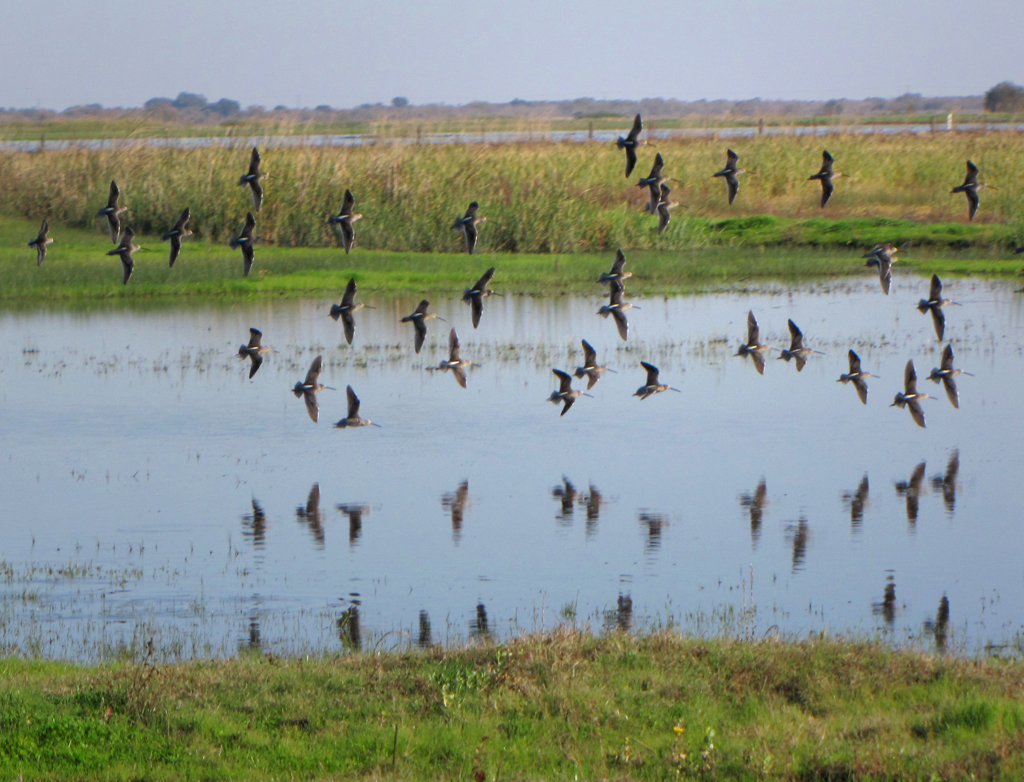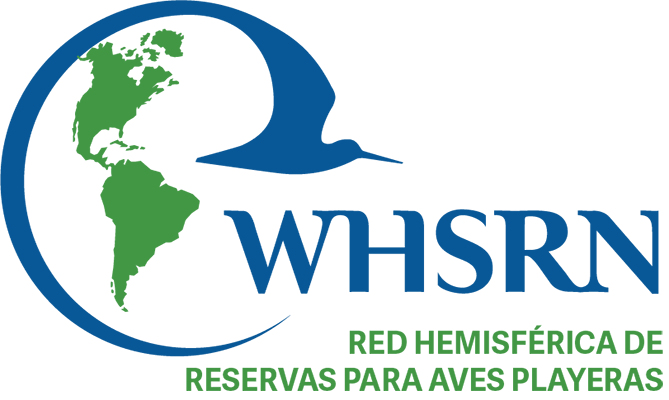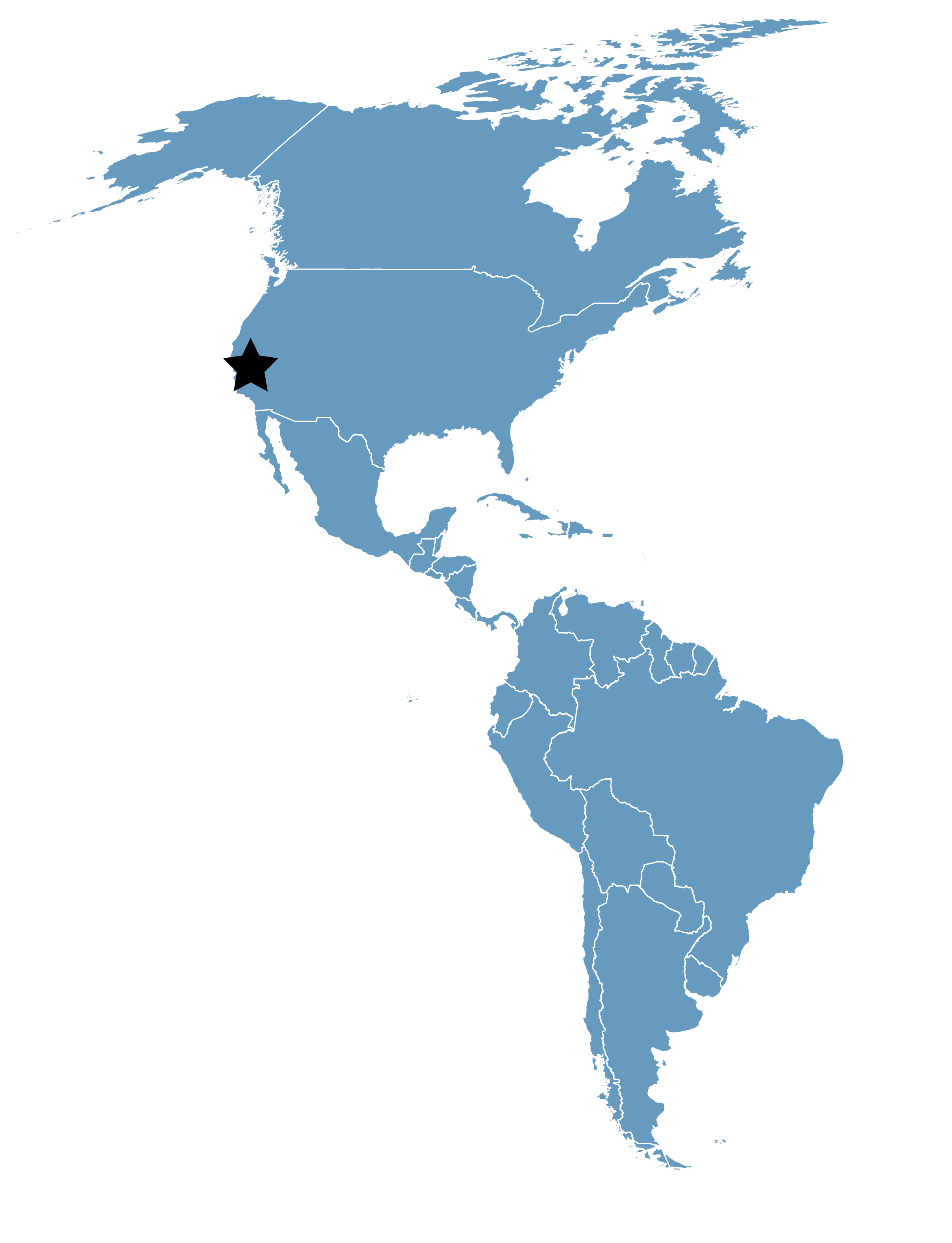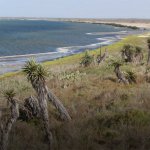The Grassland
Location
California, United States
Category
International
Basis for Designation
More than 100,000 shorebirds annually.
Size
78,476 hectares (193,918 acres)
Date Designated
December 1992
Site Owner
U.S. Fish and Wildlife
California Department of Game and Fish
Private Landowners
Site Partners
California Waterfowl Associate
Ducks Unlimited, Inc.
Sierra Club
National Audubon Society
Natural Resources Defense Council
Campaign to Save California Wetlands
Overview
The Grassland is one of the most important shorebird habitats in the western United States. California’s Central Valley hosts one of the largest wintering shorebird populations of any inland site in western North America. The Ramsar Convention on Wetlands has designated the Grassland as a Wetland of International Importance, and it is the Grassland Ecological Area of the San Joaquin Basin that comprises The Grassland WHSRN Site of International Importance.
Nearly 50% of all the shorebirds in California’s Central Valley are found in the Grasslands during mid-April, the peak of spring migration.
Wetlands in California’s Central Valley have declined from roughly 4,000,000 acres in the 1800s to just over 205,000 managed wetland acres as of 2006; about one-third of them are in the Grassland. The site is dominated by intensively managed, seasonal and semi-permanent palustrine-emergent marsh, but also includes riparian wetlands, permanent marsh, alkali scrub, native grassland, and pastoral lands. All are managed under a mosaic of federal, state, and private ownerships.
Nearly 50% of all the shorebirds in California’s Central Valley are found in the Grassland during mid-April, the peak of spring migration. According to Pacific Flyway Project censuses conducted by the Point Reyes Bird Observatory, the site seasonally hosts:
- up to 200,000 shorebirds during the spring, predominantly Western Sandpipers, Long-billed Dowitchers, Dunlins, and Least Sandpipers;
- some 14,000 shorebirds during the fall, mostly Long-billed Dowitchers, Least Sandpipers, Black-necked Stilts, and Least and Western Sandpipers; and
- at least 60,000 shorebirds in winter, mainly Long-billed Dowitchers, Dunlins, Least Sandpipers, and Black-necked Stilts.
The Grassland is also a critically important wintering area for Pacific Flyway waterfowl, with peak annual numbers of ducks and geese ranging from 800,000 to 1,000,000 during the last ten years. The site also supports 46 plant and animal species with federal or state endangered, threatened, or candidate status.

Long-billed Dowitchers over a seasonally wet meadow within The Grassland. Photo: Meg Laws, USFWS.
Threats to Habitat
Loss of habitat quantity and quality from: urban encroachment, conversion to intensive agriculture and industry, water availability, pollution, alteration of hydrologic regimes, channelization, fires, invasive species, high (and rising) costs of operation and maintenance, opponents of waterfowl hunting (which supports wetland habitat), salinization, toxic runoff, and erosion from ecologically unsound agricultural and other practices.
Water availability: this is the #1 concern in the area, and the federal Central Valley Project Improvement Act of 1992 does provide for a reliable water supply to some of The Grassland. Ongoing risks to the supply and management of The Grassland’s water, as well as challenges to securing future supplies, include: increasing competition and costs to purchase limited water supplies, especially given California’s growing population; delta export and pumping constraints; timing of water use on shared conveyance systems; increasing regulation of managed wetland water discharge and use; capacity limitations of existing water delivery systems; budget shortfalls that impact acquisition efforts and cost-share obligations; and unreliable groundwater supplies.
Habitat Protection Measures
More than 132,240 acres of The Grassland (76%) is protected though federal and state ownership and by perpetual conservation easements on private lands. Federal, state, and private landowner organizations have identified critical areas to protect for wildlife and have developed biological justification documents for establishing agricultural buffer zones between The Grassland and expanding urban areas. Strict protection and restoration of the last remnants of native communities is needed for all Central Valley habitats. Per its 2006 Implementation Plan, the Central Valley Joint Venture (CVJV) is committed to formulating and prioritizing activities to meet the habitat needs identified by various bird groups in the nine basins within the valley.
Management Activities and Priorities
Nearly 90% of The Grassland wetlands are intensively managed for wildlife on a seasonal basis. Seaonal wetlands, which provide the majority of foraging habitat for shorebirds, are flooded in the fall and drawn down between March and May; semi-permanent wetlands are flooded from early fall through early July; and permanent wetlands are flooded year-round. Per the CVJV’s habitat assessment for the San Joaquin Basin, 66% of the managed seasonal wetlands and semi-permanent wetlands must provide foraging depths of < 10 cm to benefit shorebirds, especially during July – August.
Recognition as a WHSRN Site of International Importance for shorebirds, implementation of the Central Valley Project Improvement Act in 1993, and a long list of programs, acquisitions, investments, workshops, and other public and private efforts continue to improve wetland management in The Grasslands for all birds and other wildlife.








